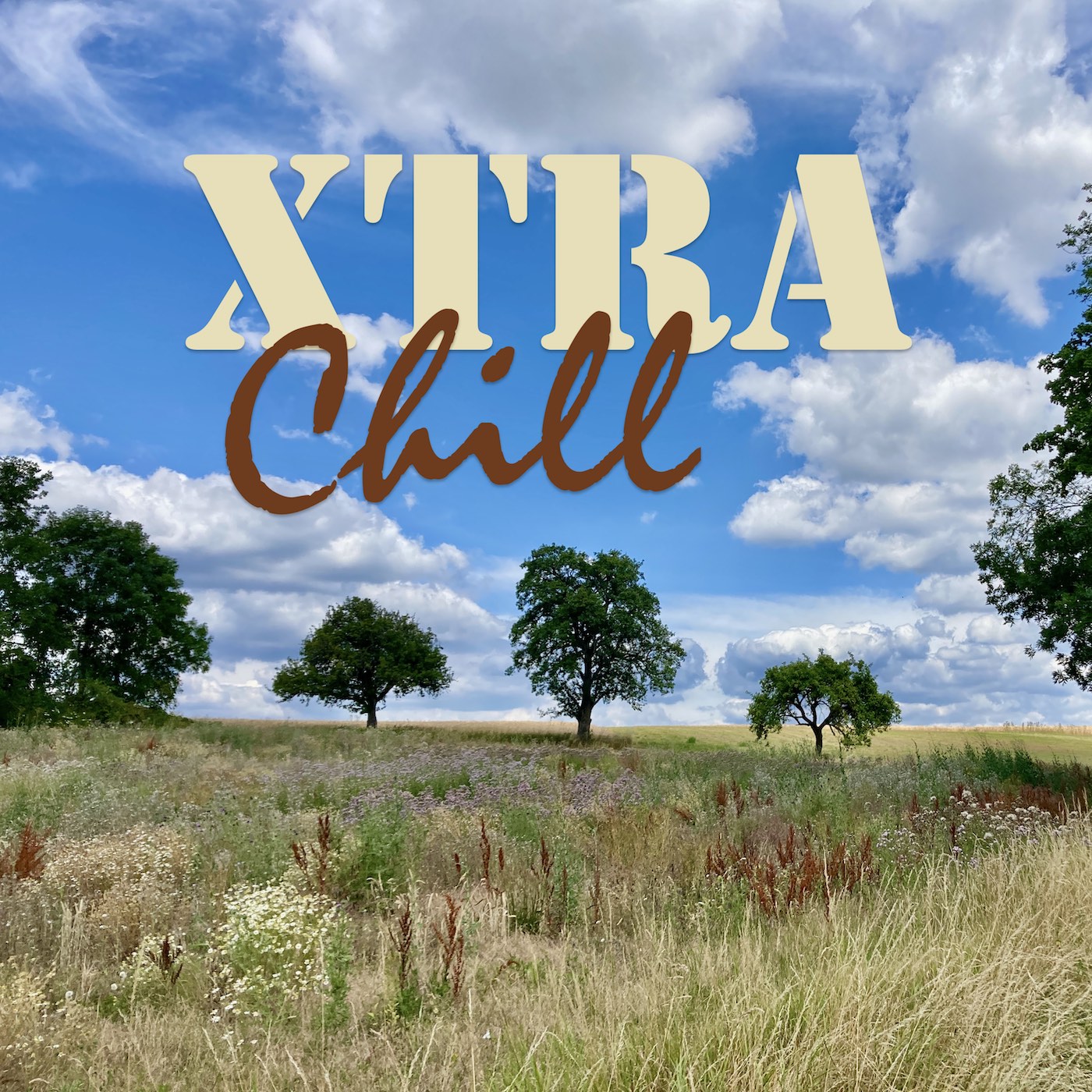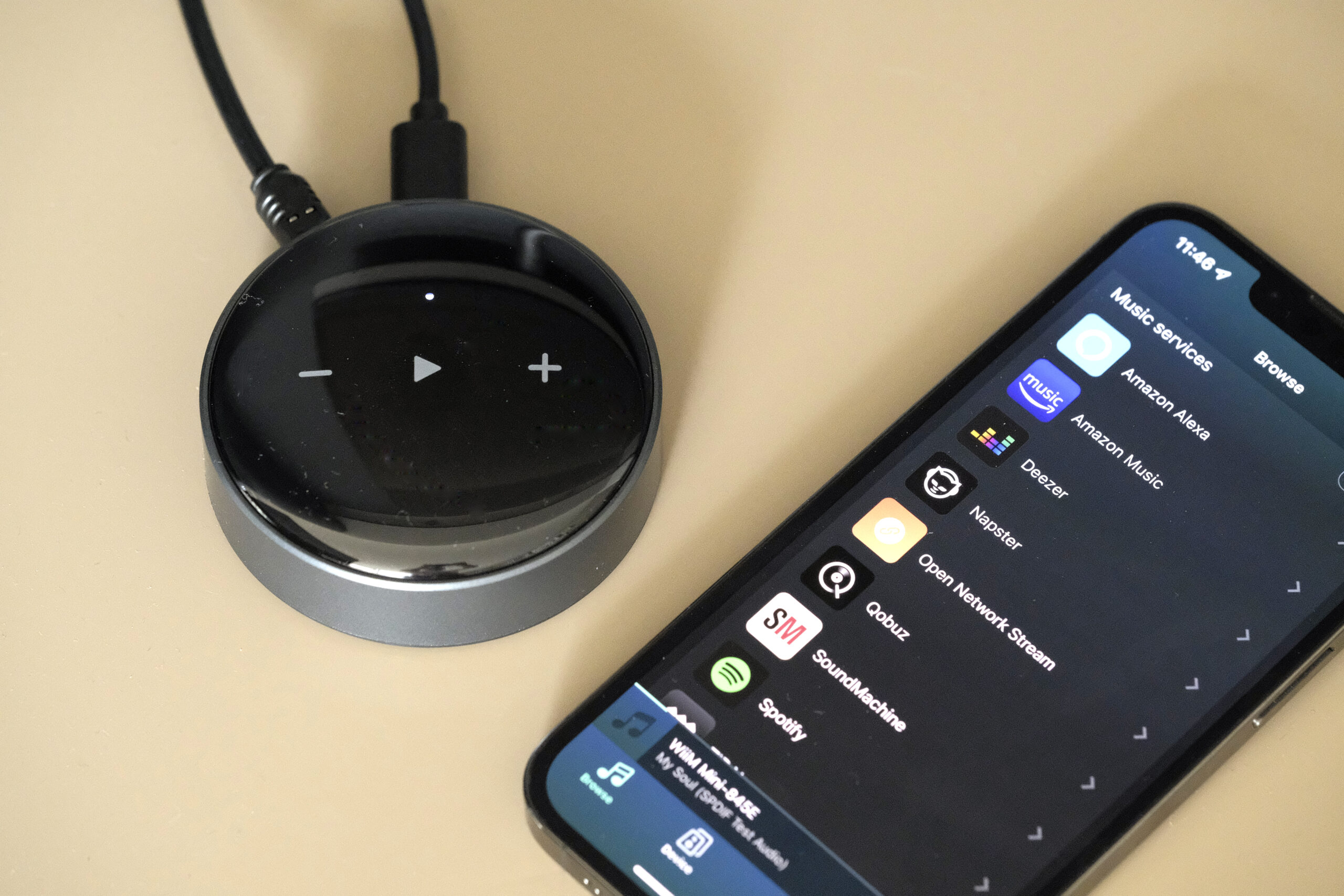Updated on 07/01/2021 13:04
–
- Corona has brought New York to its knees so massively that many residents even feel reminded of September 11th.
- A look at the city that never sleeps – and wants to become a tourist magnet again.
The Christmas tree at Rockefeller Center was lit up into the New Year again this year. Post-holiday specials beckon in shop windows on 5th Avenue, Manhattan’s skating rinks are open and have been crowded since the first snowfall just before Christmas. Some New York traditions remained – despite Corona.
But they cannot hide the fact that there are no crowds in the street canyons to marvel at the winter attractions. Corona has brought New York 2020 to its knees in an unprecedented way. In 2021, the city wants to get back on its feet. But the aftermath of the crisis is likely to be felt for a long time.
Waiting for better times – in spring?
Vincent Lin is one of the very few who are currently swimming against the tide in New York: While hundreds of restaurants in the city have had to close in recent months, in October 2020 he opened his “Blue Willow” with traditional Chinese cuisine in the heart of Midtown Manhattan .
“It’s not like we thought it was the right time,” Lin says. Actually, the “Blue Willow” should have opened before the pandemic. But there were delays, then the corona crisis dominated the city and Lin’s team had to improvise, as he says. Customers are now scarce because Midtown lacks tourists and office tower employees.
It is unclear when they will come back. At least the next few weeks should still be gloomy, say Covid experts. But the ones that started Vaccinations give hope for spring.
Compare with shock after 9/11
At first it had looked good for the metropolis. While some infections were already known on the west coast, it took until early March 2019 for the first official case to be confirmed in New York. But then it was only a few weeks Pictures of refrigerated trucks in front of hospitals and mass graves on an island in front of the city caused horror worldwide.
The New Yorkers soon drew one Parallel to the terrorist attacks of September 11, 2001, in which around 3,000 people died. But the comparison seems wrong. Terror hit with a tremendous bang. In 2020, on the other hand, the virus ate its way unnoticed through the skyscrapers, blocks of flats and subways for weeks. No open panic and no debris, yet as with terror, the shock remained.
The city states on its website more than 20,450 dead as corona victims, plus more than 4,800 deceasedwho probably died as a result of the virus (as of January 5, 2021). At least hundreds of thousands of the eight million inhabitants are ill.
Silence in the city that never slept
The price for the unprecedented countermeasures: offices, museums, Broadway and concert halls closed. “The very things that make New York New York have been undermined by the pandemic,” Moody’s economic analyst Mark Zandi recently told the New York Times. And that has off the infection numbers dramatic consequences:
- Above all in the service sector – in restaurants, hotels, in the art business, transport and on construction sites – more than a million jobs were lost.
- In between, the unemployment rate rose to more than 20 percent.
- The city is struggling with a gigantic budget deficit of four billion dollars.
The pandemic also revealed the major differences in the multicultural New York society. The poorer you were, the greater your existential fear and the more likely you were to contract Covid-19. The wealthy, on the other hand, were able to leave the city.
Tourists expected to return in spring
What New York needs again are tourists and brisk business. The New Yorkers are sure that both will come back. There are several promising vaccines, two are already in use. They got tens of thousands. If a few hundred thousand doses are distributed in the city and risk groups are protected, the situation could ease up quite a bit.
With spring, the travel bans from Europe, for example, could also be relaxed. At the Broadway’s comeback is scheduled for May. But the New York City Tourism Authority expects business with vacationers to return to pre-pandemic levels in 2024.
The news portal “Axios” speculated in September that the sharp drop in rents could help the metropolis to revive and attract a wave of young and creative residents.
At first, however, the Americans fear that “very dark winter”, for which the newly elected President Joe Biden prepared them in view of the increasing number of infections. New Yorkers fear renewed isolation. Families are stocking up again. Singles are looking for a lockdown partner. And like almost everywhere in the country, the number of people currently infected is rising again to the level of spring. The hospitals are reporting increases in occupied intensive care beds and in the week around the holidays 200 deaths were reported instead of a few isolated cases.
The next few months will also be crucial for restaurant owner Vincent Lin. “Right now it’s not too bad, but if new restrictions come and dining in restaurants is banned again, it will be problematic,” he says. He could hold out until April, at the latest May. If things get better by then, the “Blue Willow” will come through. (Benno Schwinghammer, dpa/af)
–

